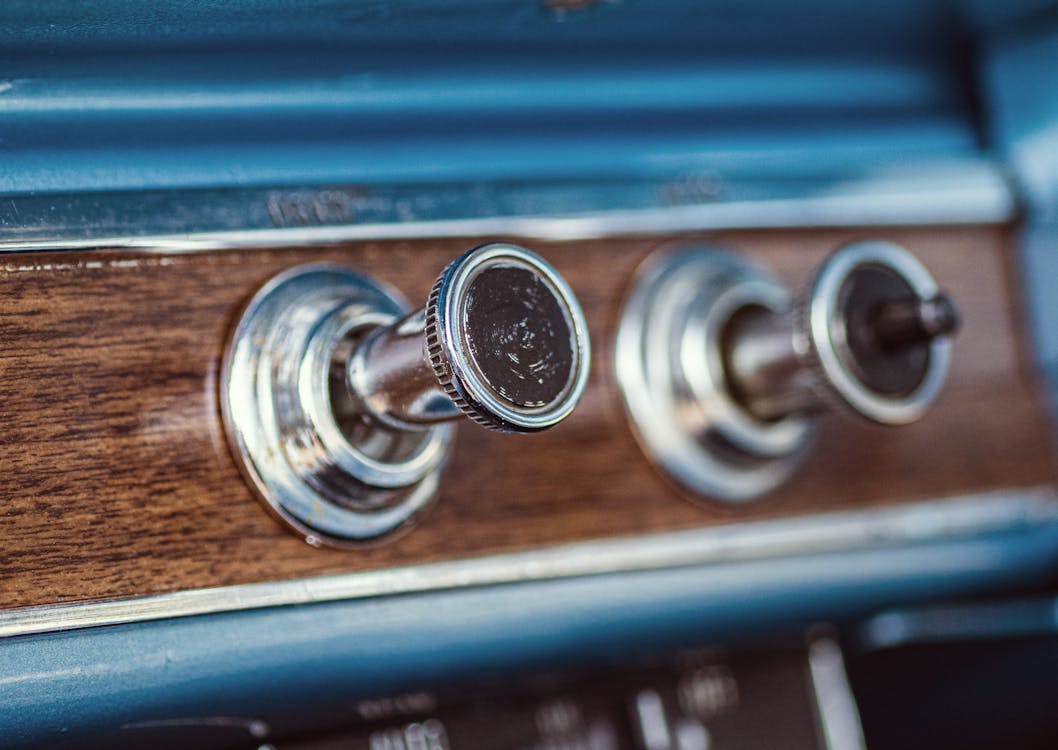
For the past years, automobile insides have been rapidly evolving toward smooth, screen-dominated control panels. Touchscreens changed conventional knobs, sliders, and buttons in what several assumed was the unpreventable march of development. Yet, in an unexpected spin, physical buttons are silently making their way back into modern-day lorries. The change signals greater than simply a sentimental nod-- it's a reaction to real-world feedback from motorists desire simpleness, security, and responsive contentment.
The Digital Overload Dilemma
When touchscreens first started taking over dashboards, they felt like the future: tidy, customizable, and packed with features. They eliminated mess and allowed car manufacturers to streamline their interiors with less physical components. Yet as more functions were hidden within electronic menus, motorists began to voice worries.
Touchscreens often require multiple actions to carry out basic jobs like readjusting the climate or transforming the radio terminal. Unlike switches, they lack the instinctive muscle memory that enables a vehicle driver to change a setting without taking their eyes off the roadway. With a lot happening on-screen, it ends up being all also very easy to get distracted-- something no one wants when taking a trip at highway speeds.
The Return of Tactile Functionality
One of the largest advantages of switches is their responsive responses. You can feel them without needing to look. This sensory reinforcement makes them not simply convenient but much safer for vehicle drivers. When your hand intuitively knows where the quantity knob is or exactly how far to press a switch to trigger the defrost, it decreases the need to glance down or far from the roadway. And while touchscreens use comfort for infomercial and navigation, the important daily functions-- like risk lights, audio controls, and HVAC-- feel far better matched to physical controls.
Actually, many drivers that formerly swore by digital systems have revealed appreciation for more recent models that mix modern aesthetic appeals with the useful feel of standard controls. It's not regarding rejecting development-- it's concerning improving usability.
A Balanced Design Philosophy
Designers have actually noticed this changing view. As opposed to deserting screens, they're rethinking exactly how they're incorporated. The best insides currently strike an equilibrium in between digital flexibility and analog precision. That suggests tactically putting buttons for crucial functions while utilizing electronic interfaces for apps, navigation, and media.
This hybrid technique is specifically preferred in lorries made for long-distance driving or families. The ease of pushing a switch without screwing up via a menu makes a large distinction when you're trying to stay concentrated, comfortable, and secure. Even in vehicles recognized for cutting-edge tech, a straightforward rotating dial or responsive control can be the feature that gains vehicle drivers trying to find thoughtful design.
Buttons and the Emotional Connection
There's likewise something uniquely emotional regarding switches. They bring a certain degree of involvement that touchscreens simply don't duplicate. Pushing a button or transforming a dial seems like you're literally communicating with your auto-- it includes a layer of link that makes the driving experience much more enjoyable.
For those considering used Chevy cars, automobiles from recent years typically provide the most effective of both globes: responsive touch interfaces coupled with traditional physical controls. These versions bridge the gap between development and knowledge, making them ideal for drivers who value contemporary features without compromising convenience of use.
Innovation Isn't Just About Screens
It's very easy to conflate innovation with displays, yet true technology implies improving the vehicle driver experience. In this light, buttons are a form of wise layout. They're quickly, accurate, and don't demand interest. As vehicle layout comes to be significantly driver-centric, ease and intuition take center stage.
This likewise ties directly right into the resale and trade-in worth of lorries. Vehicles that focus on easy to use features tend to age far better in the eyes of future customers. If you're thinking about a Chevrolet trade in, knowing that your current automobile provides an attentively designed inside, full with easily available controls, can have a positive influence.
The Future Is Functional
As automobile manufacturers re-evaluate the role of interfaces in the cabin, they're assisted by vehicle driver responses and real-world use studies. The revival of buttons doesn't signify a go back to the past-- it's a step forward in thoughtful, user-first design. It recognizes that progress doesn't constantly suggest removing the old yet incorporating it in a manner that makes driving safer, less complex, and extra delightful.
If you're in the marketplace and checking out Chevy new car deals, keep an eye on exactly how various models handle their indoor controls. It's not almost the touchscreen dimension-- it's about how the automobile aids you stay focused on the road while making your day-to-day commute more user-friendly. Buttons could not be the flashiest attribute, yet they're rapidly becoming one of one of the most valued.
For more insights into automobile trends, interior design developments, and smart automobile buying ideas, be sure to check back frequently. We're always upgrading the blog with fresh concepts to assist you browse the road in this page advance.